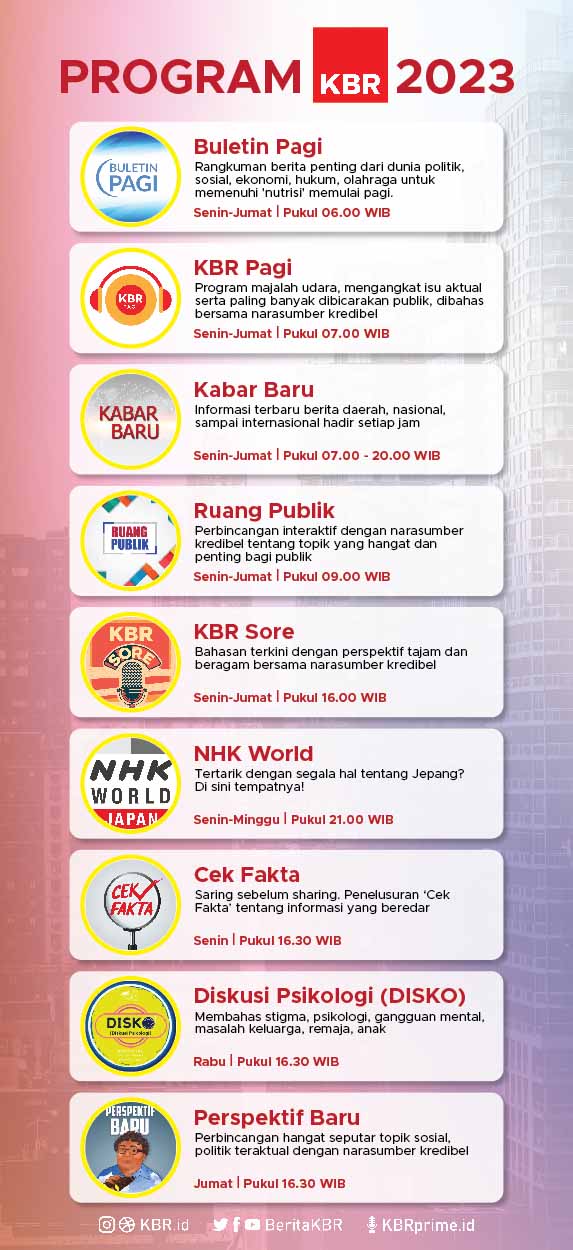Scientists are promoting the benefits of a rice variety called 'Scuba rice' to help boost the food security of flood-prone communities in Asia and the Pacific.
As the name suggests, 'Swarna-Sub1' is almost flood-proof, able to survive under water for up to two weeks.
Maria Malabayabas, a scientist from the Philippine-based International Rice Research Institute, IRRI, in Australia for a conference of agricultural economists, explains the benefits of the new variety.
Sen Lam talks to her about this.
Q: And I understand that this new variety came about after the 2009 floods in India?
“Actually it was already distributed in 2008. In the year 2000 they were starting to breed this kind of variety, and national release in India was in 2008.”
Q: But after the floods was the strain proven to be good?
“Yes most of the farmers who adopted they found that compared to the ordinary variety, the yield has an advantage, like one-point-three times per hectare, that's the advantage over the normal Swarna.”
Q: So what countries in our region, in the Asia Pacific region do you think are suited for this kind of rice variety?
“Well for Swarna-Sub 1 it's widely used in India and some parts of Bangladesh and Nepal. So these areas usually affected by floods.”
Q: So as far as you know are farmers in India being gradually introduced to this new strain, are they embracing it?
“Yes they are embracing but as a social scientist our worry is that how long they're going to be using it, because the benefits of using it only are visible when there's submergence or there's flood. Now if there's no flood, it's just a normal rice variety.”
Q: And when you speak about the risk, what exactly do you mean?
“Since they have a small area if they're going to a lot it or put a part of their area to that variety and the performance is not good, so it's a big risk for them.”
Q: So tell us a bit more about STRASA?
“STRASA is a project funded by Bill and Melinda Gates, and one of their programs is to develop varieties which are stress tolerant, not only for floods, but they're also developed for drought and salinity, and now they go to heat and cold varieties. And right now they have quite a number of varieties that have been developed. And as social scientists we are testing it and trying to see the adoption and the impact of these varieties to farmers.”
Q: And so it's been seven years in the making, how many farmers have STRASA reached do you think?
“It's an estimate of around three-million but we don't know the transfers, it's just guestimate for three million, it might be an under-estimate. So it might be more than that.”
Q: Is there evidence that stress tolerant rice is beginning to feed more people and allow more countries to achieve food security?
“Oh yeah because if they don't use Swarna-Sub1 for example they're going to lose most of their crop. If they're going to use Swarna-Sub1 they're going to be getting some yield out of it even if there's flood in the area. Actually it's like this, there's a gene, Sub1 gene and then they're going to incorporate it with a major variety. In the case of India Swarna has been made one of the popular varieties, so they incorporate it in that variety and call if Swarna-Sub1 gene. Another example is in Bangladesh, they have this normal BRRI dhan11 and then they incorporate it into Sub1 genes and they call it BRRI dhan52. So they're targeting the major rice variety in each country and putting the genes in it.”
Asian Farmers Introduced to Flood-resistant 'Scuba Rice'
Scientists are promoting the benefits of a rice variety called 'Scuba rice' to help boost the food security of flood-prone communities in Asia and the Pacific.

Asia, rice, food, flood, Radio Australia
Kirim pesan ke kami
WhatsappRecent KBR Prime Podcast
Kabar Baru Jam 7
Strategi Perempuan Pengemudi Ojol Mengatasi Cuaca Ekstrem (Bag.4)
Arab Saudi Bangun Taman Hiburan Bertema Minyak di Tengah Laut
Menguji Gagasan Pangan Cawapres
Mahfud MD akan Mundur dari Menkopolhukam, Jokowi: Saya Sangat Hargai






